Quantitative Evaluation of China’s Carbon Peaking Policies Based on PMC Index Model: Evidence from the First Batch of National Carbon Peak Pilot Provinces and Regions
Abstract
1. Introduction
2. Literature Review
2.1. Research on Carbon Peaking
2.2. Research on Policy Evaluation
3. Research Design
3.1. Data Sources
3.2. Identification of Basic Policy Features
3.3. Construction of PMC-Index Model
3.3.1. Variable Classification and Parameter Identification
3.3.2. Building a Multi-Input–Output Table
3.3.3. PMC-Index Calculation
3.3.4. PMC Surface Construction
4. Quantitative Results and Discussion
4.1. The PMC Index of 15 Samples
4.2. Specific Evaluation of Each Group of Carbon Peaking Policies
4.2.1. The “Good” Group of Policies
4.2.2. The “Acceptable” Group of Policies
4.3. Policy Optimization Suggestions
5. Conclusions
Author Contributions
Funding
Institutional Review Board Statement
Informed Consent Statement
Data Availability Statement
Conflicts of Interest
References
- Karl, T.R.; Trenberth, K.E. Modern Global Climate Change. Science 2003, 302, 1719–1723. [Google Scholar] [CrossRef] [PubMed]
- Jacobs, M. Reflections on COP26: International Diplomacy, Global Justice and the Greening of Capitalism. Political Q. 2022, 93, 270–277. [Google Scholar] [CrossRef]
- Zhou, C.; Zhang, R.; Loginova, J.; Sharma, V.; Zhang, Z.; Qian, Z. Institutional Logic of Carbon Neutrality Policies in China: What Can We Learn? Energies 2022, 15, 4391. [Google Scholar] [CrossRef]
- Wang, Z.; Xiong, Y.; Zhang, C. Quantitative Evaluation of Eco-Environmental Protection Policy in the Yangtze River Economic Belt: A PMC-Index Model Approach. Sustainability 2024, 16, 805. [Google Scholar] [CrossRef]
- Yang, J.; Zheng, C.; Liu, H. Digital Transformation and Rule of Law Based on Peak CO2 Emissions and Carbon Neutrality. Sustainability 2022, 14, 7487. [Google Scholar] [CrossRef]
- Zhang, Z.; Hu, G.; Mu, X.; Kong, L. From Low Carbon to Carbon Neutrality: A Bibliometric Analysis of the Status, Evolution and Development Trend. J. Environ. Manag. 2022, 322, 116087. [Google Scholar] [CrossRef]
- Wang, Y.; Guo, C.; Du, C.; Chen, X.; Jia, L.; Guo, X.; Chen, R.; Zhang, M.; Chen, Z.; Wang, H.; et al. Carbon Peak and Carbon Neutrality in China: Goals, Implementation Path, and Prospects. China Geol. 2021, 4, 720–746. [Google Scholar] [CrossRef]
- He, J.; Li, Z.; Zhang, X.; Wang, H.; Dong, W.; Chang, S.; Ou, X.; Guo, S.; Tian, Z.; Gu, A.; et al. Comprehensive Report on China’s Long-Term Low-Carbon Development Strategies and Pathways. Chin. J. Popul. Resour. Environ. 2020, 18, 263–295. [Google Scholar] [CrossRef]
- Wang, Y.; Sun, Q.; Wu, J.; Han, S.; Zhang, R.; Jiang, S.; Gu, X. Research on the Low Carbon Development Path of China’s Coal Industry under Carbon Peaking & Carbon Neutral Target: Based on the RCPs-SSPs Framework. Resour. Policy 2023, 86, 104091. [Google Scholar]
- Duan, H.; Zhou, S.; Jiang, K.; Bertram, C.; Harmsen, M.; Kriegler, E.; Van Vuuren, D.P.; Wang, S.; Fujimori, S.; Tavoni, M.; et al. Assessing China’s efforts to pursue the 1.5 °C warming limit. Science 2021, 372, 378–385. [Google Scholar] [CrossRef]
- Hu, Y.; Wu, W. Can Fossil Energy Make a Soft Landing? the Carbon-Neutral Pathway in China Accompanying CCS. Energy Policy 2023, 174, 113440. [Google Scholar] [CrossRef]
- Yang, H.; Wang, X.; Bin, P. Agriculture Carbon-Emission Reduction and Changing Factors behind Agricultural Eco-Efficiency Growth in China. J. Clean. Prod. 2022, 334, 130193. [Google Scholar] [CrossRef]
- Zhang, M.; Liu, Y. Influence of Digital Finance and Green Technology Innovation on China’s Carbon Emission Efficiency: Empirical Analysis Based on Spatial Metrology. Sci. Total Environ. 2022, 838, 156463. [Google Scholar] [CrossRef] [PubMed]
- Guo, W.; Teng, Y.; Yan, Y.; Zhao, C.; Zhang, W.; Ji, X. Simulation of Land Use and Carbon Storage Evolution in Multi-Scenario: A Case Study in Beijing-Tianjin-Hebei Urban Agglomeration, China. Sustainability 2022, 14, 13436. [Google Scholar] [CrossRef]
- Mirici, M.E.; Berberoglu, S.; Akin, A.; Satir, O. Land Use/Cover Change Modelling in a Mediterranean Rural Landscape Using Multi-Layer Perceptron and Markov Chain (mlp-Mc). Appl. Ecol. Env. Res. 2018, 16, 467–486. [Google Scholar] [CrossRef]
- Chen, J.; Wang, D.; Wang, Q.; Cai, Q. Quantifying the Synergy of China’s Carbon Neutrality Policies through Policy Documents. Renew. Sustain. Energy Rev. 2024, 200, 114585. [Google Scholar] [CrossRef]
- Zhang, Y.; Pan, C.L.; Liao, H.T. Carbon Neutrality Policies and Technologies: A Scientometric Analysis of Social Science Disciplines. Front. Environ. Sci. 2021, 9, 761736. [Google Scholar] [CrossRef]
- Wollmann, H. Policy evaluation and evaluation research. In Handbook of Public Policy Analysis; Routledge: London, UK, 2017; pp. 419–428. [Google Scholar]
- Dai, S.; Zhang, W.; Zong, J.; Wang, Y.; Wang, G. How Effective Is the Green Development Policy of China’s Yangtze River Economic Belt? A Quantitative Evaluation Based on the PMC-Index Model. Int. J. Environ. Res. Public Health 2021, 18, 7676. [Google Scholar] [CrossRef]
- Bailey, A.; Angell, B.; Scott, T.; Beedell, J.; Beechener, S.; Rana, R. Helping Farmers Adjust to Policy Reforms Through Demonstration Farms: Lessons From a Project in England. In Proceedings of the 15th International Farm Management Association Congress (IFMA), Campinas SP, Brazil, 14–19 August 2005. [Google Scholar]
- Spiliotopoulou, L.; Charalabidis, Y.; Loukis, E.N.; Diamantopoulou, V. A Framework for Advanced Social Media Exploitation in Government for Crowdsourcing. Transform. Gov. People Process Policy 2014, 8, 545–568. [Google Scholar] [CrossRef]
- Venetoklis, T. Public Policy Evaluation: Introduction to Quantitative Methodologies; VATT Institute for Economic Research: Helsinki, Finland, 2002. [Google Scholar]
- Ruiz Estrada, M.A. Policy Modeling: Definition, Classification and Evaluation. J. Policy Model. 2011, 33, 523–536. [Google Scholar] [CrossRef]
- Liu, J.; Mao, H. Evaluation of Fire Safety Management Policy Based on PMC Index Model. Fire Sci. Technol. 2021, 9, 1405–1409. [Google Scholar]
- Liu, Y.; Li, J.; Xu, Y. Quantitative Evaluation of High-Tech Industry Policies Based on the PMC-Index Model: A Case Study of China’s Beijing-Tianjin-Hebei Region. Sustainability 2022, 14, 9338. [Google Scholar] [CrossRef]
- Liu, L.; Chen, J.; Wang, C.; Wang, Q. Quantitative Evaluation of China’s Basin Ecological Compensation Policies Based on the PMC Index Model. Environ. Sci. Pollut. Res. 2022, 30, 17532–17545. [Google Scholar] [CrossRef] [PubMed]
- Yang, C.; Yin, S.; Cui, D.; Mao, Z.; Sun, Y.; Jia, C.; An, S.; Wu, Y.; Li, X.; Du, Y.; et al. Quantitative Evaluation of Traditional Chinese Medicine Development Policy: A PMC Index Model Approach. Front. Public Health 2022, 10, 1041528. [Google Scholar] [CrossRef] [PubMed]
- Qi, L.; Chen, W.; Li, C.; Song, X.; Ge, L. Quantitative Evaluation of China’s Biogenetic Resources Conservation Policies Based on the Policy Modeling Consistency Index Model. Sustainability 2024, 16, 5158. [Google Scholar] [CrossRef]
- Peng, R.; Deng, X.; Xia, Y.; Wu, B. Assessing the Sustainability of Long-Term Care Insurance Systems Based on a Policy–Population–Economy Complex System: The Case Study of China. Int. J. Environ. Res. Public Health 2022, 19, 6554. [Google Scholar] [CrossRef] [PubMed]
- Wang, H.; Zeng, Y. Policy Optimization for Hainan Tropical Rainforest National Park Based on Quantitative Comparison of Regional Policies of Free Trade Port Areas. Front. Environ. Sci. 2022, 10, 891432. [Google Scholar] [CrossRef]
- Chen, T.; Rong, J.; Peng, L.; Yang, J.; Cong, G.; Fang, J. Analysis of Social Effects on Employment Promotion Policies for College Graduates Based on Data Mining for Online Use Review in China during the COVID-19 Pandemic. Healthcare 2021, 9, 846. [Google Scholar] [CrossRef]
- Shen, H.; Xiong, P.; Yang, L.; Zhou, L. Quantitative Evaluation of Science and Technology Financial Policies Based on the PMC-AE Index Model: A Case Study of China’s Science and Technology Financial Policies Since the 13th Five-Year Plan. PLoS ONE 2024, 19, e0307529. [Google Scholar] [CrossRef] [PubMed]
- Xu, L.; Xi, M. Quantitative Evaluation of Policies for Combining Medical and Nursing Care Based on the LDA–PMC Model: A Comparative Analysis of Typical Chinese Provinces. Public Organ. Rev. 2024, 24, 693–713. [Google Scholar] [CrossRef]
- Che, J.; Liu, W.; Wang, J.; Xie, Z. Vocational Education Policy Analysis Based on Word Frequency Analysis Technology. Int. J. Wirel. Mob. Comput. 2023, 25, 30–36. [Google Scholar] [CrossRef]
- Dai, S.; Zhang, W.; Lan, L. Quantitative Evaluation of China’s Ecological Protection Compensation Policy Based on PMC Index Model. Int. J. Environ. Res. Public Health 2022, 19, 10227. [Google Scholar] [CrossRef] [PubMed]
- Ruiz Estrada, M.A.; Yap, S.F.; Nagaraj, S. Beyond the Ceteris Paribus Assumption: Modeling Demand and Supply Assuming Omnia Mobili; Social Science Electronic Publishing: Rochester, NY, USA, 2010. [Google Scholar]
- Ye, L.; Yu, F.; Zhong, J. Study on Comprehensive Evaluation Index System for Education E-Government Performance of College and University. MATEC Web Conf. 2016, 61, 2002. [Google Scholar] [CrossRef]
- Ma, J.J.; Du, G.; Xie, B.C. CO2 Emission Changes of China’s Power Generation System: Input-Output Subsystem Analysis. Energy Policy 2019, 124, 1–12. [Google Scholar] [CrossRef]
- Cai, D.; Chai, Y.; Tian, Z. Quantitative Evaluation of Digital Economy Policy Text in Jilin Province Based on PMC Index Mode. Inf. Sci. 2021, 39, 139–145. [Google Scholar]
- Xiong, Y.; Zhang, C.; Qi, H. How Effective is the Fire Safety Education Policy in China? A Quantitative Evaluation Based on the PMC-Index Model. Saf. Sci. 2023, 161, 106070. [Google Scholar] [CrossRef]
- Wei, Y.M.; Chen, K.; Kang, J.N.; Chen, W.; Wang, X.Y.; Zhang, X. Policy and Management of Carbon Peaking and Carbon Neutrality: A Literature Review. Engineering 2022, 14, 52–63. [Google Scholar] [CrossRef]

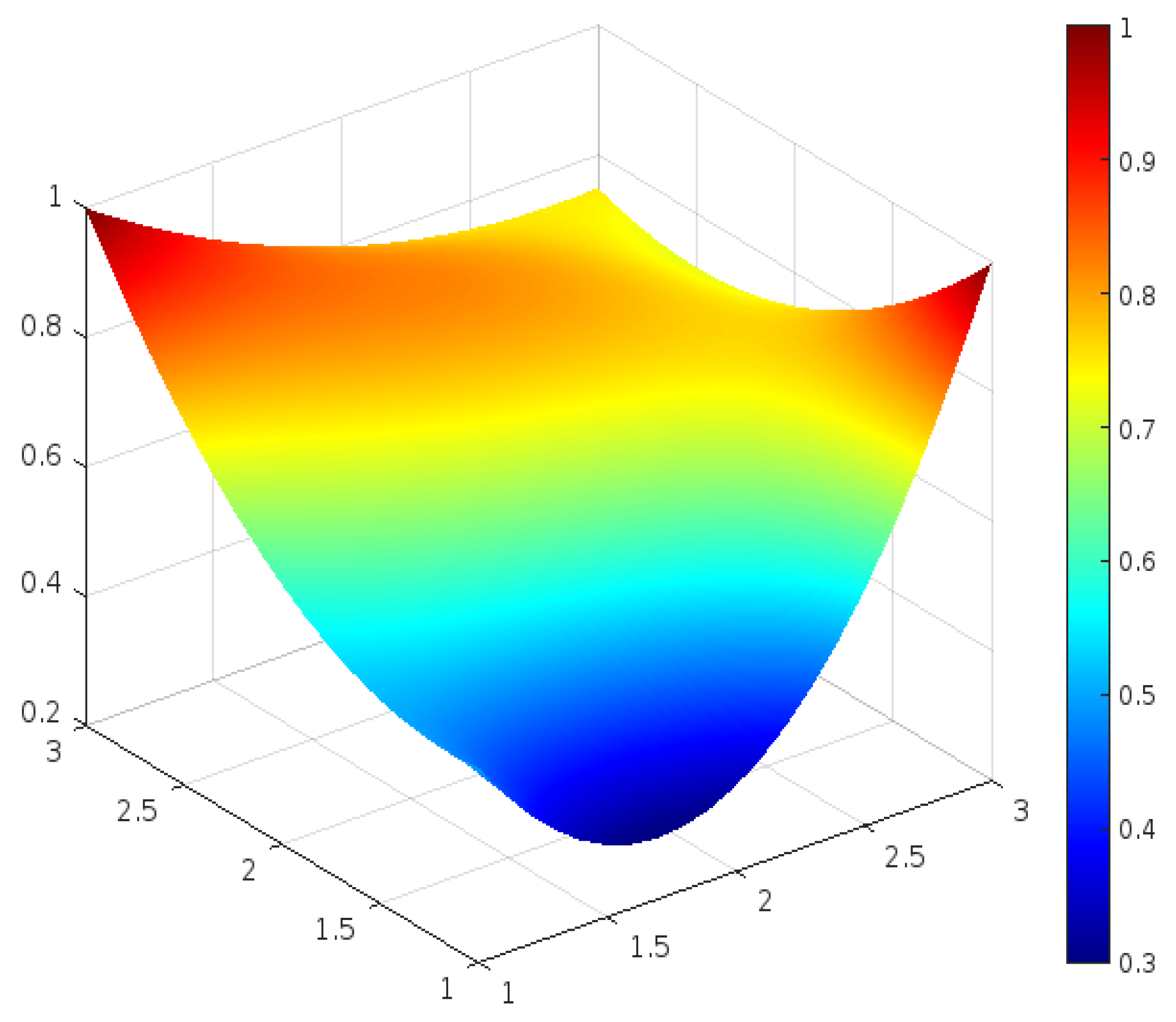
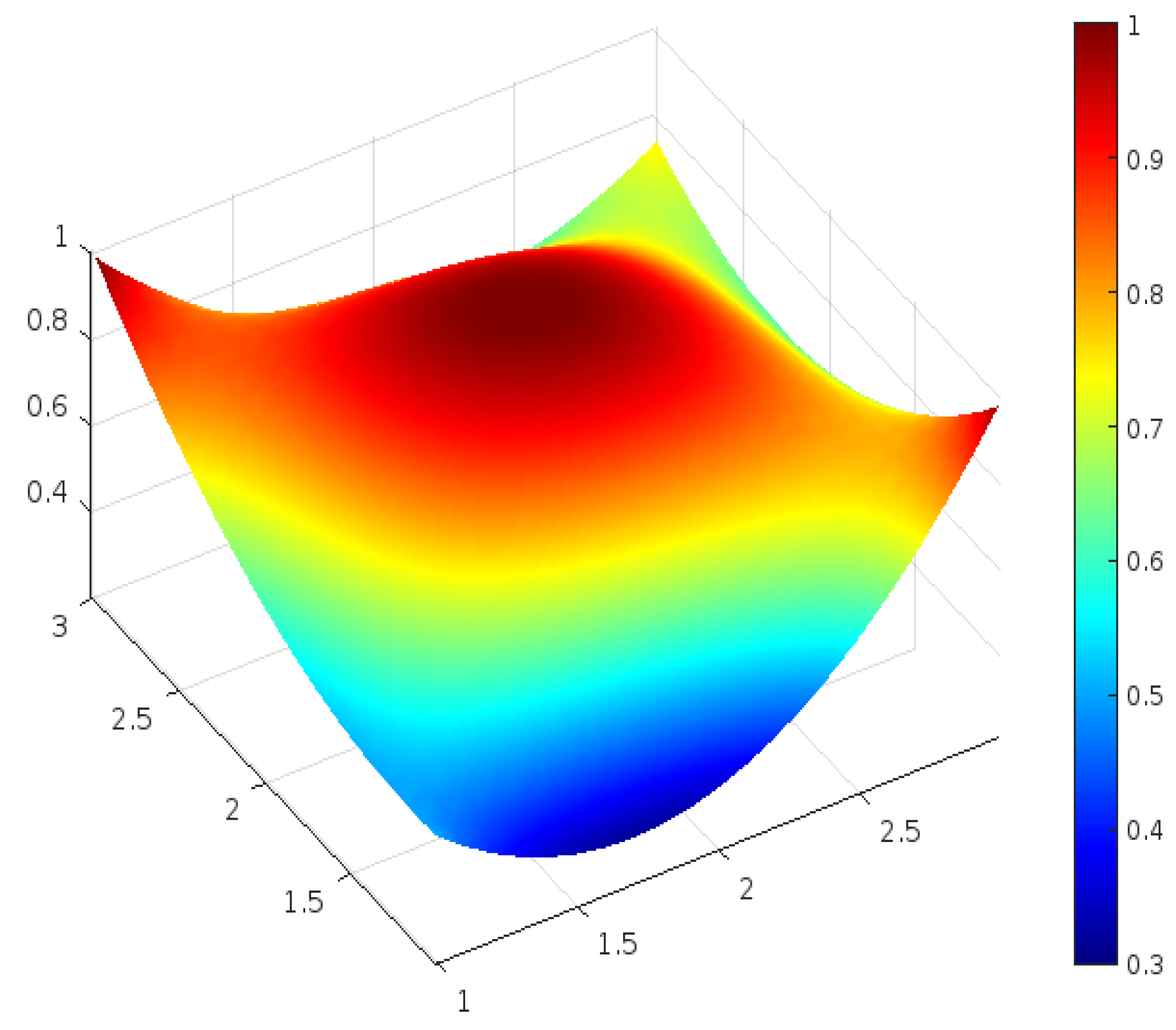
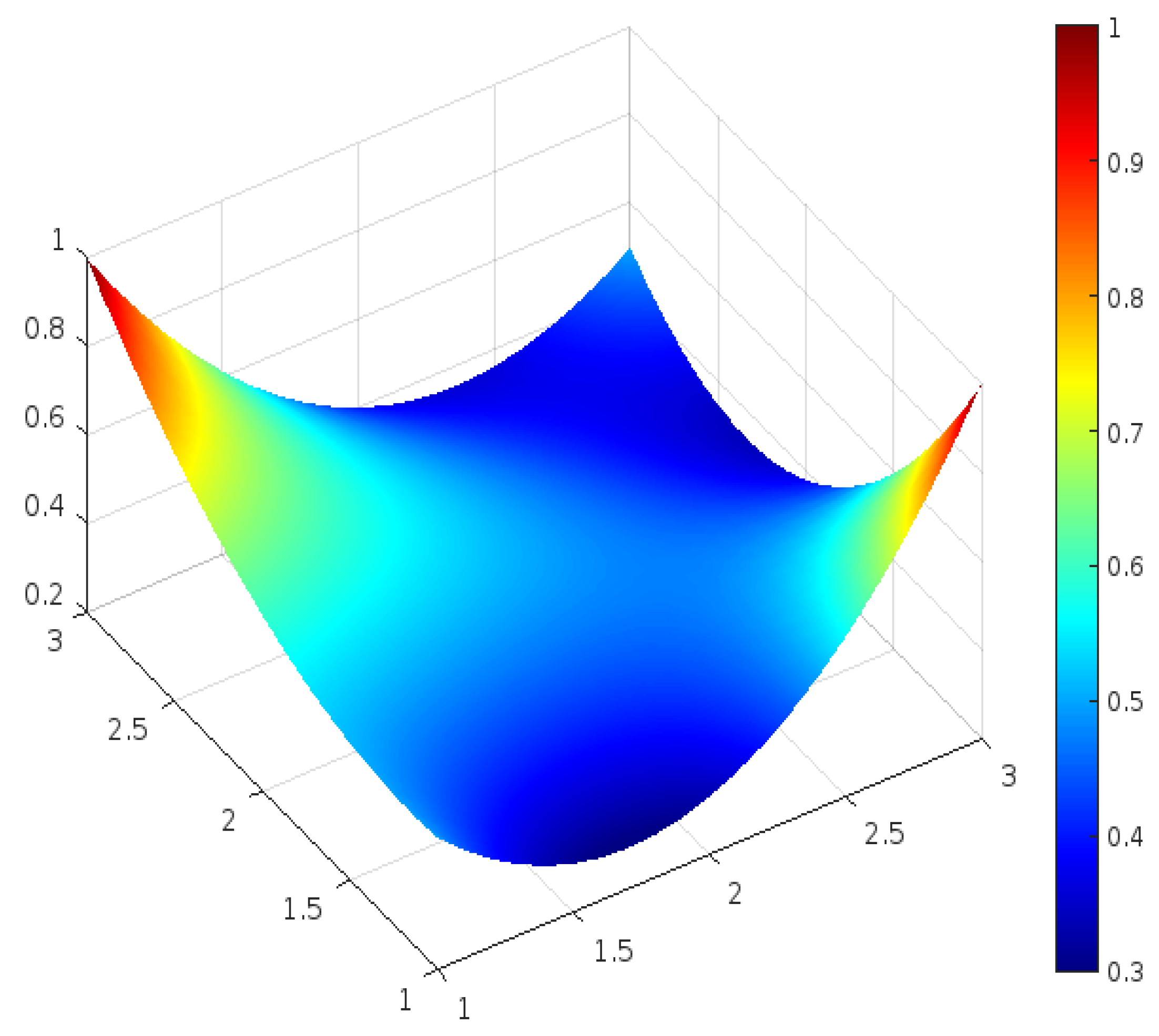
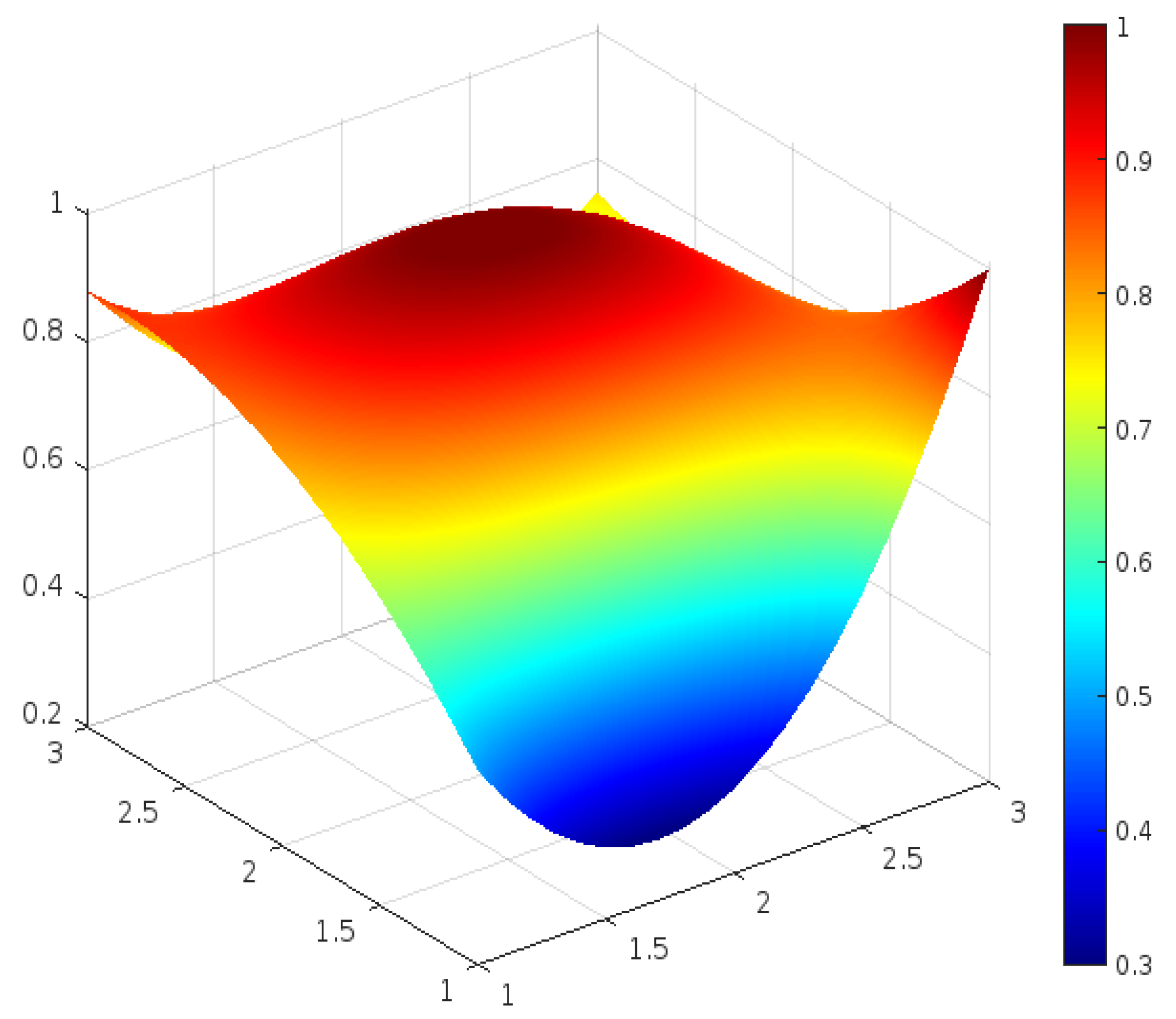
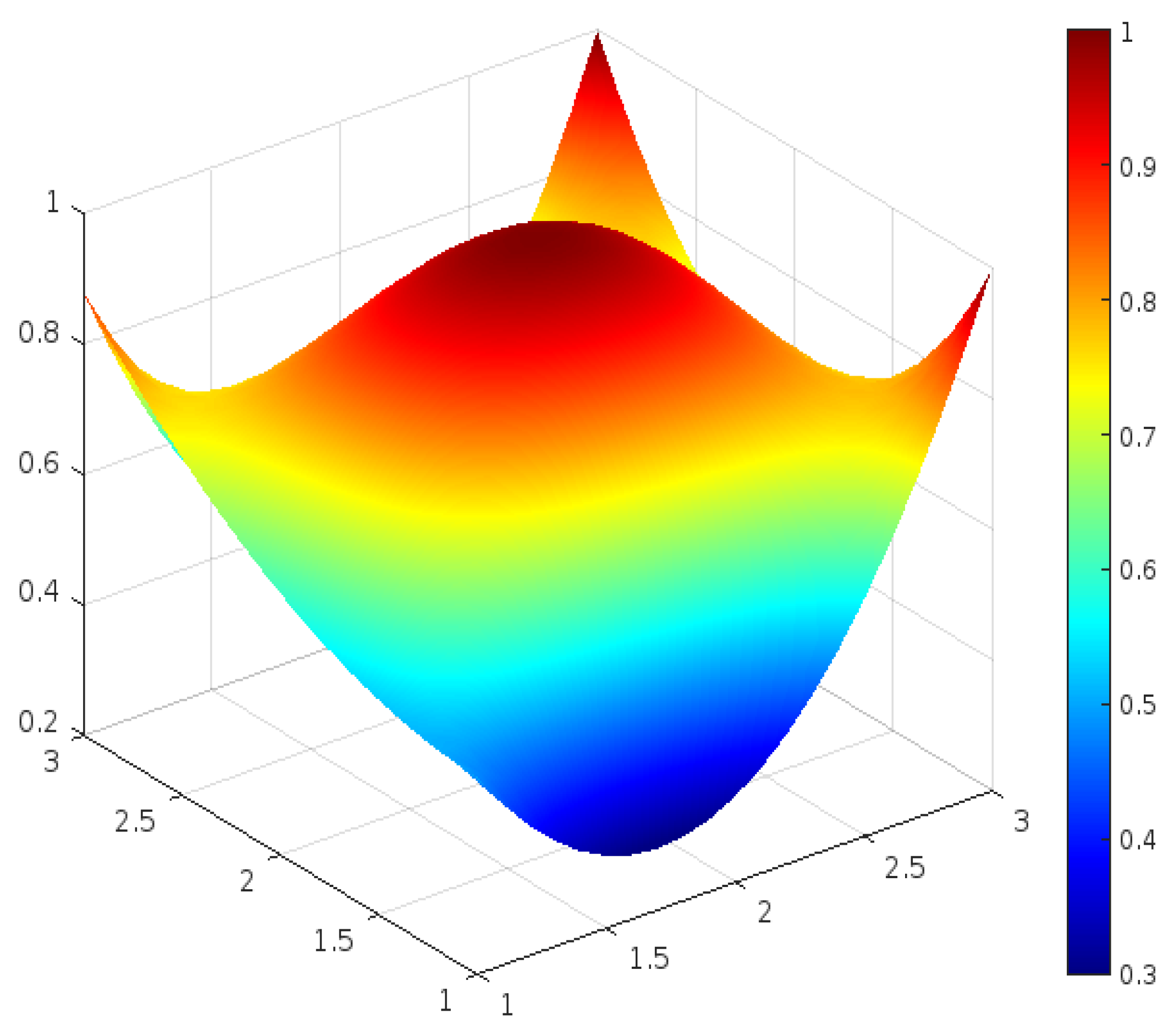
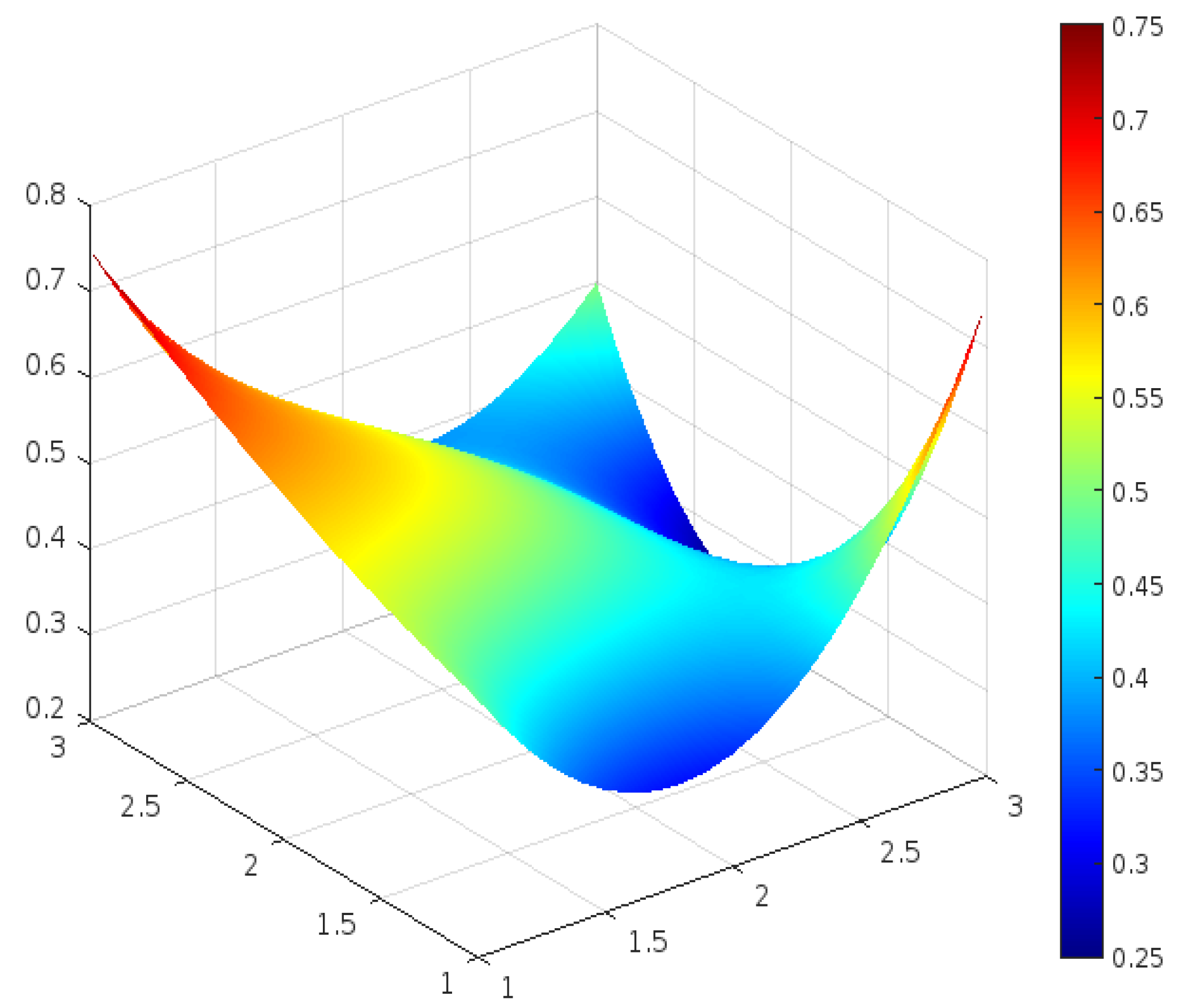
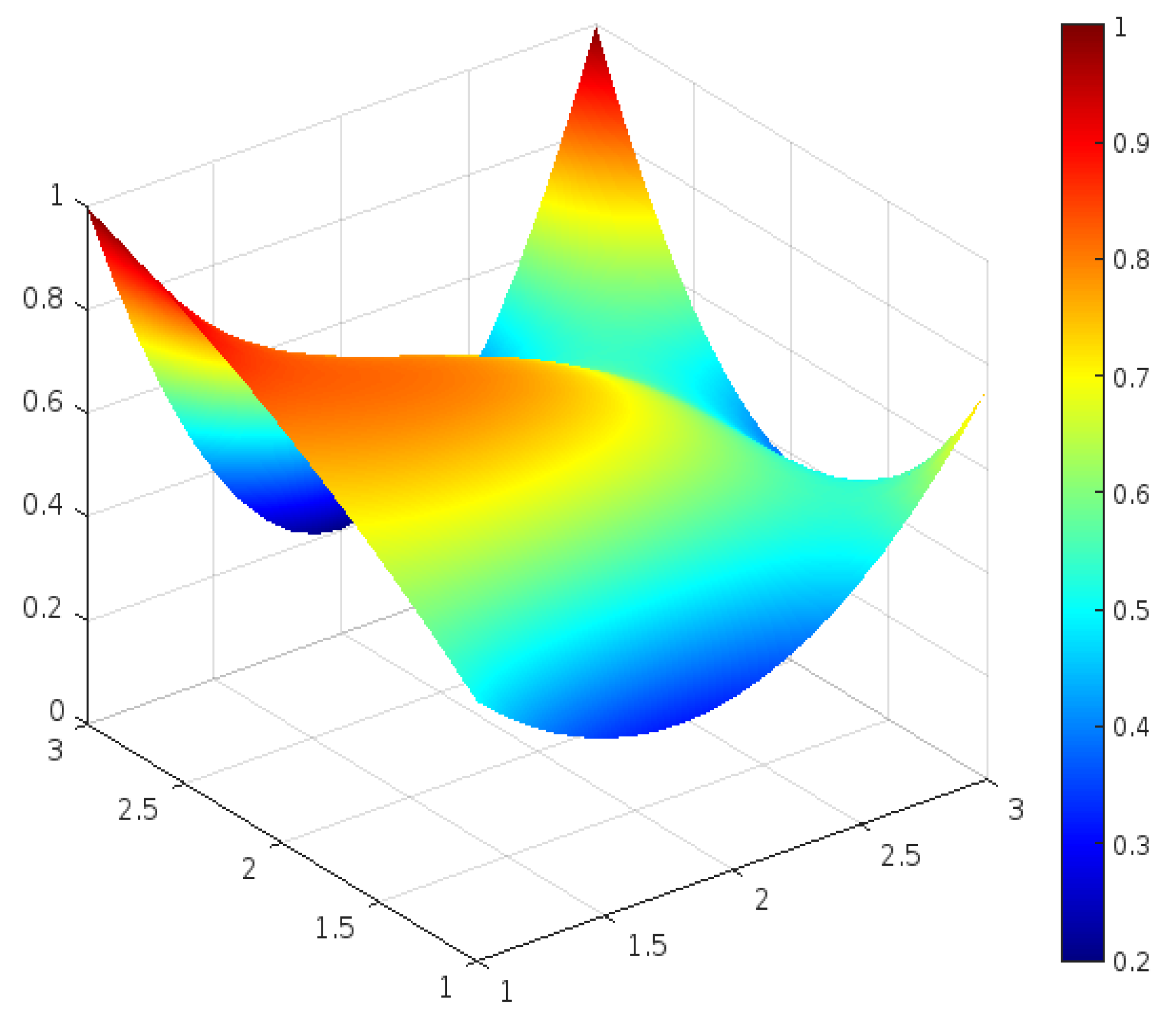
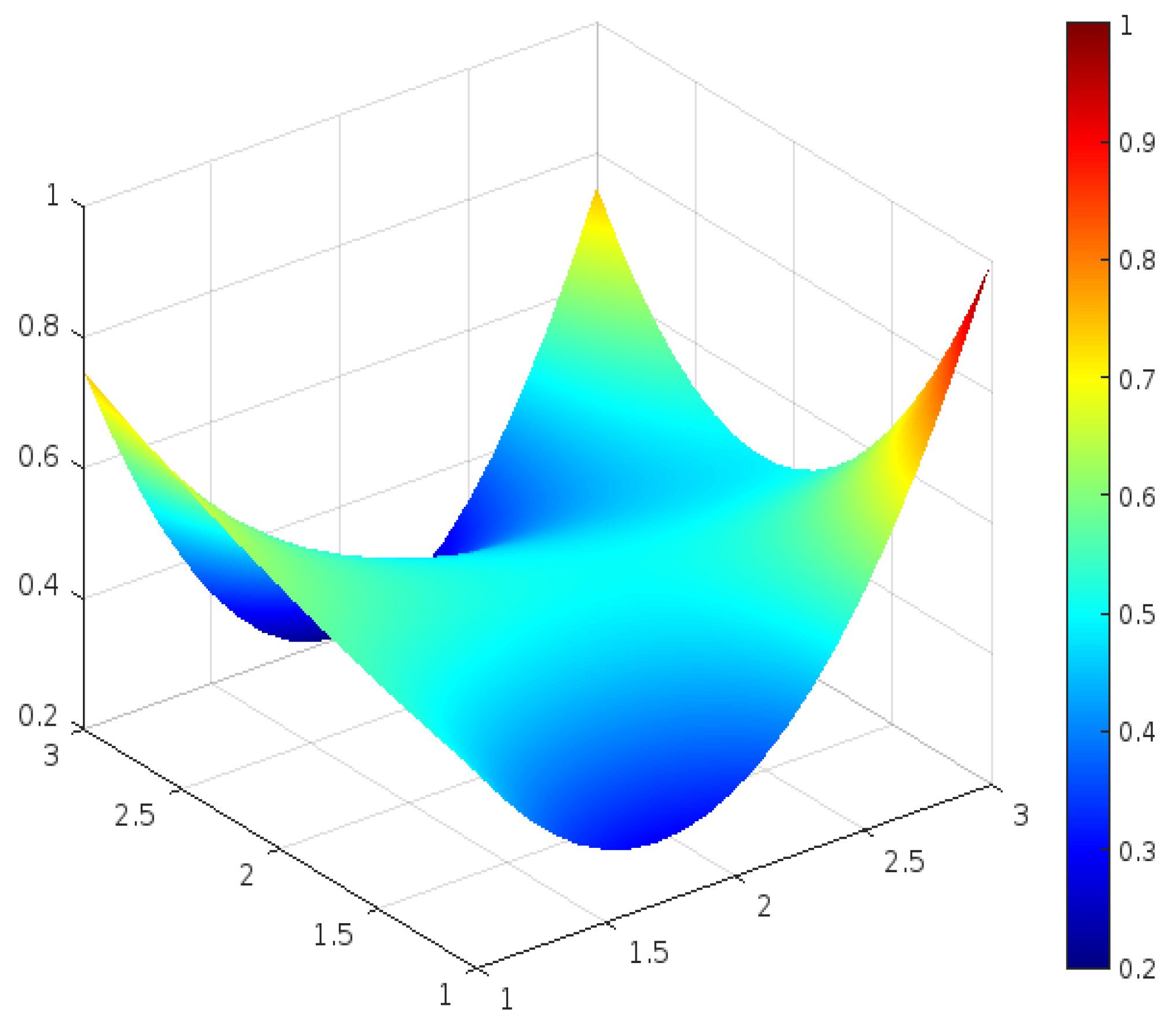
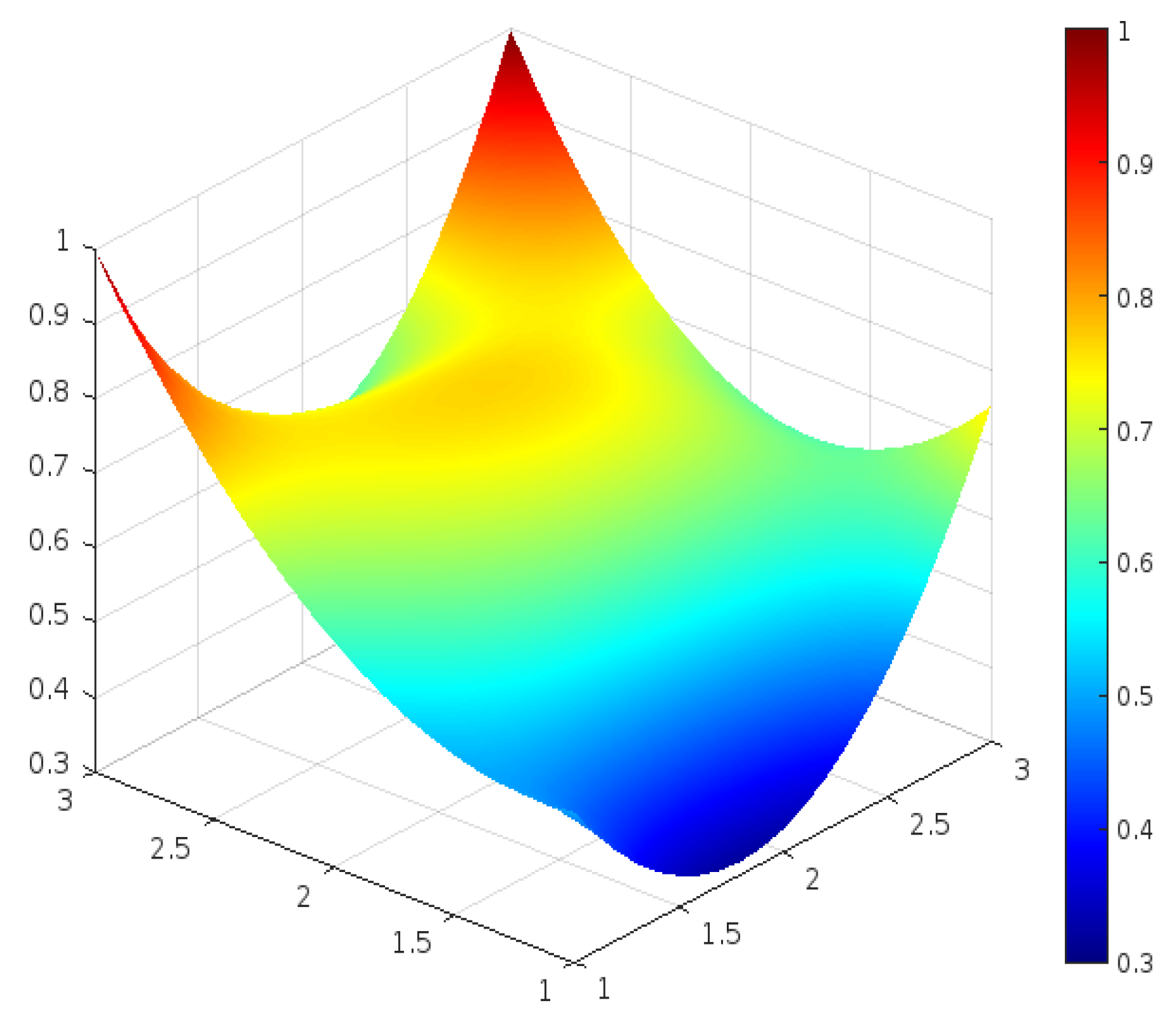
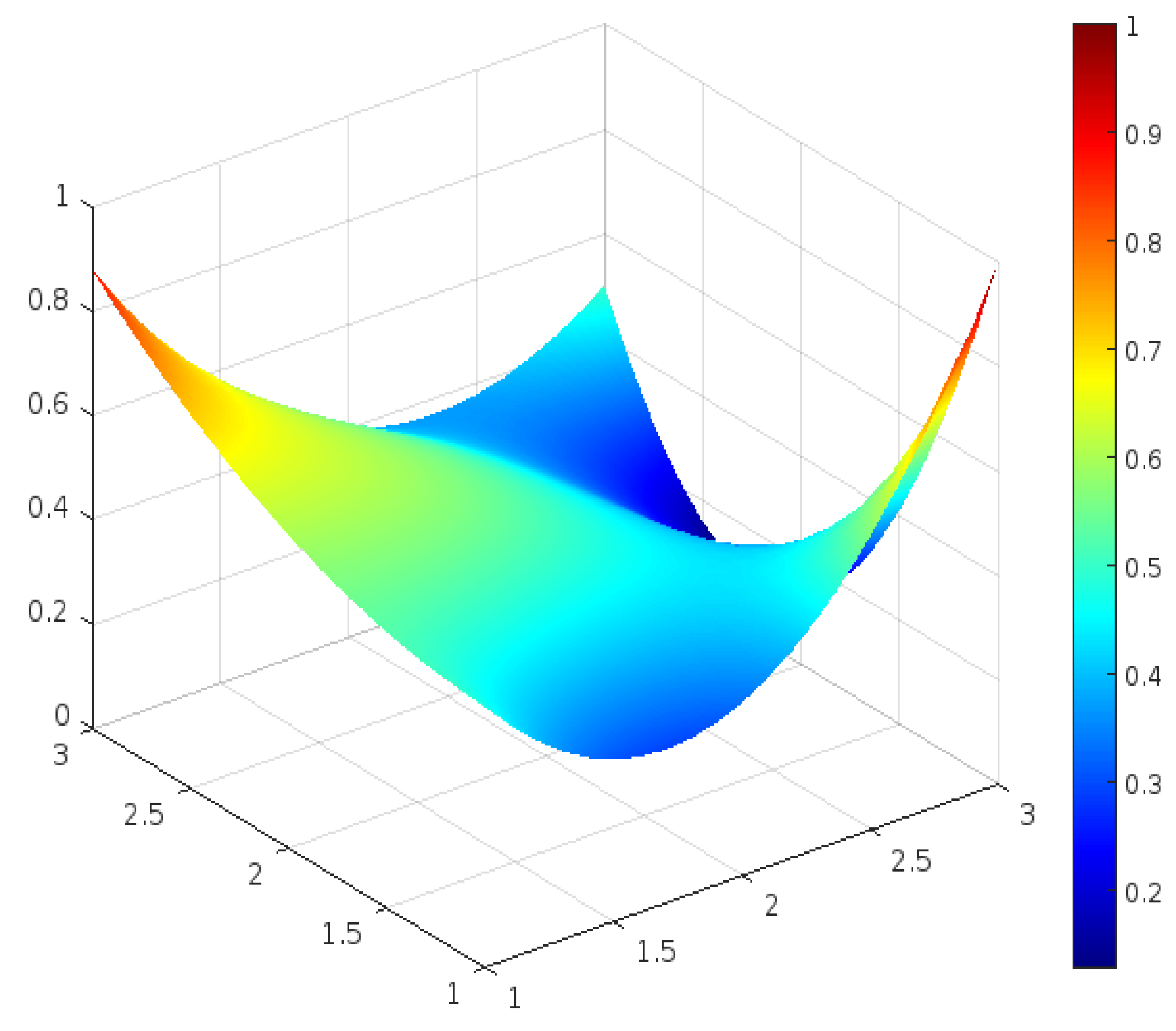
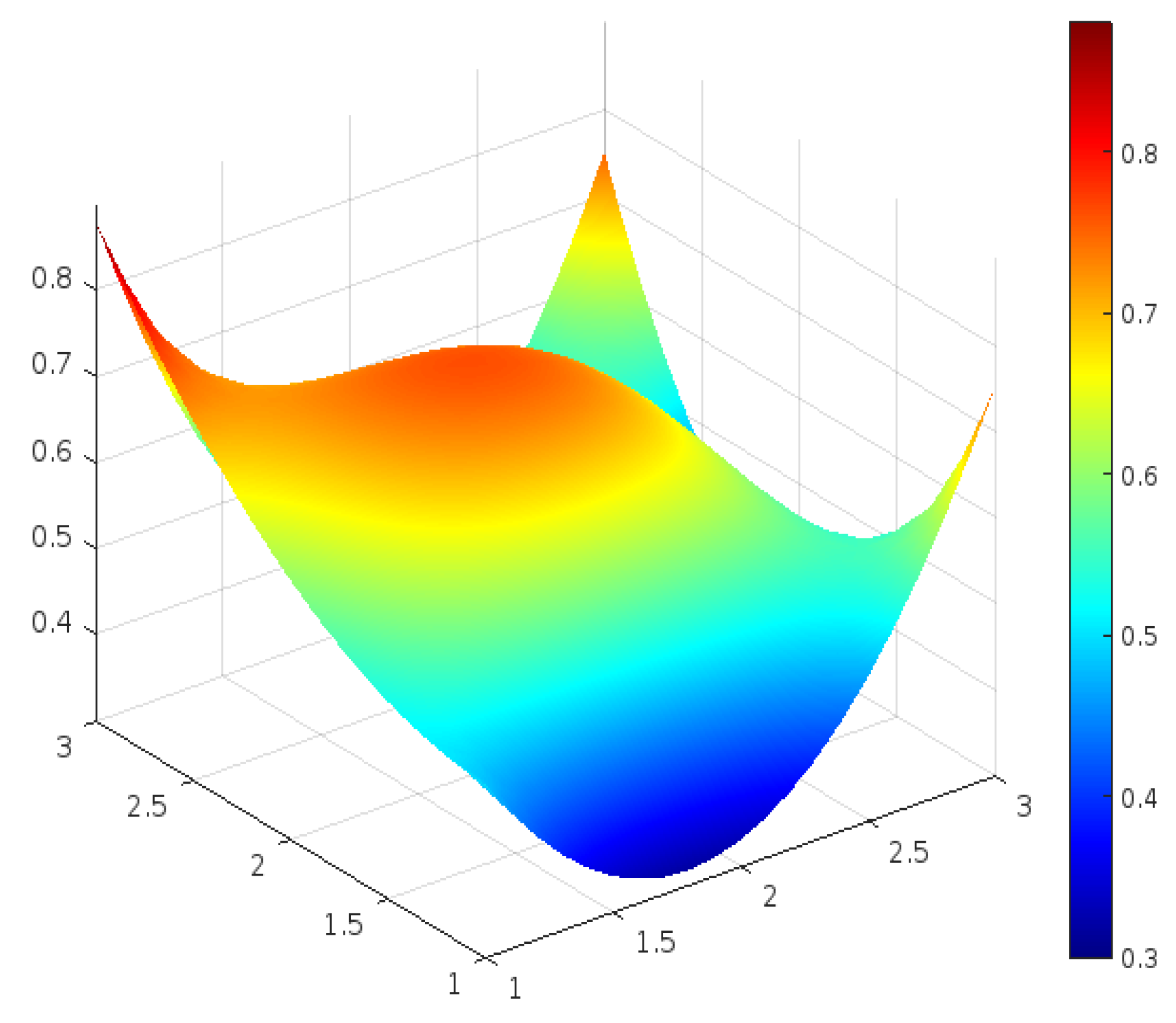

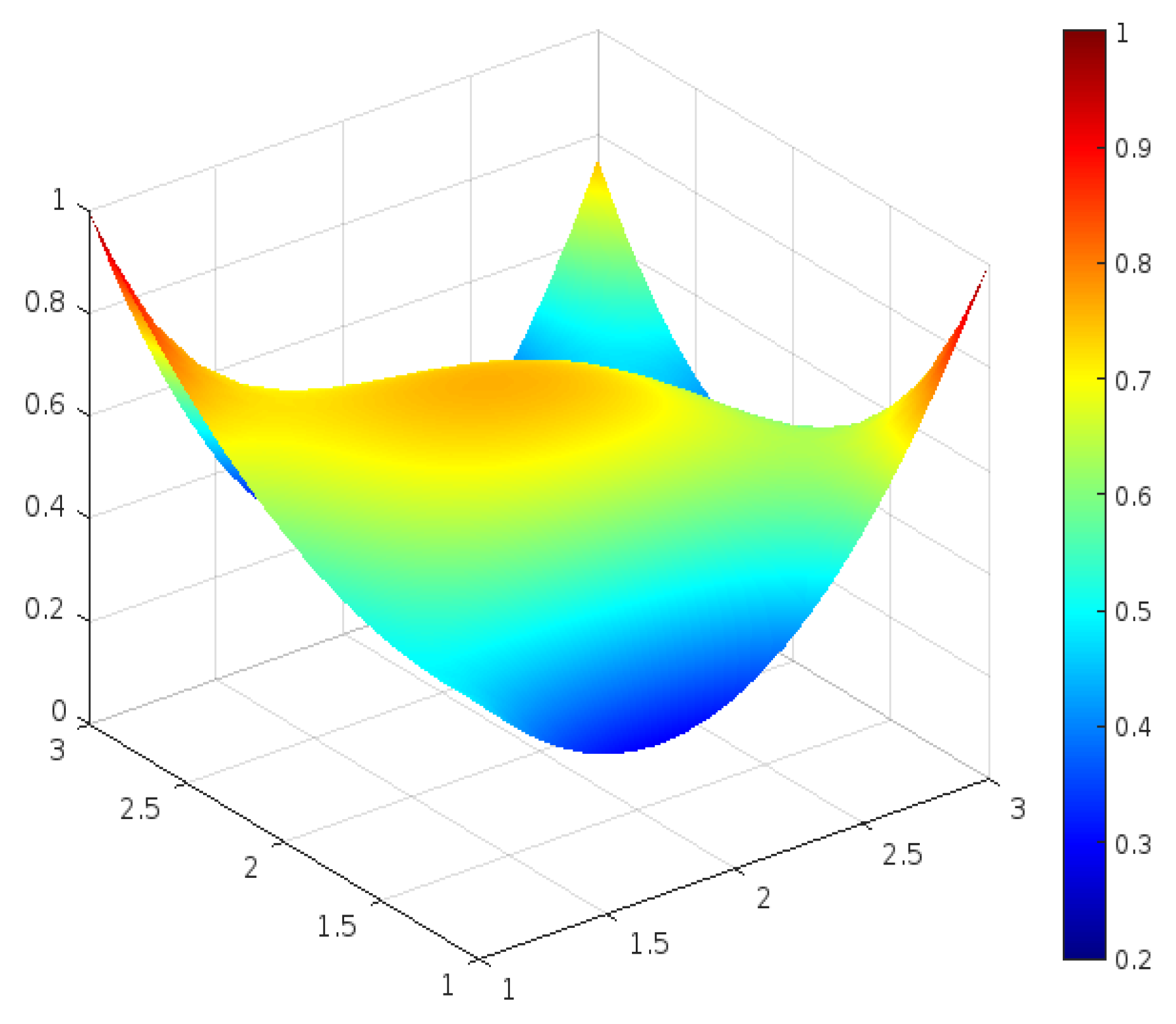
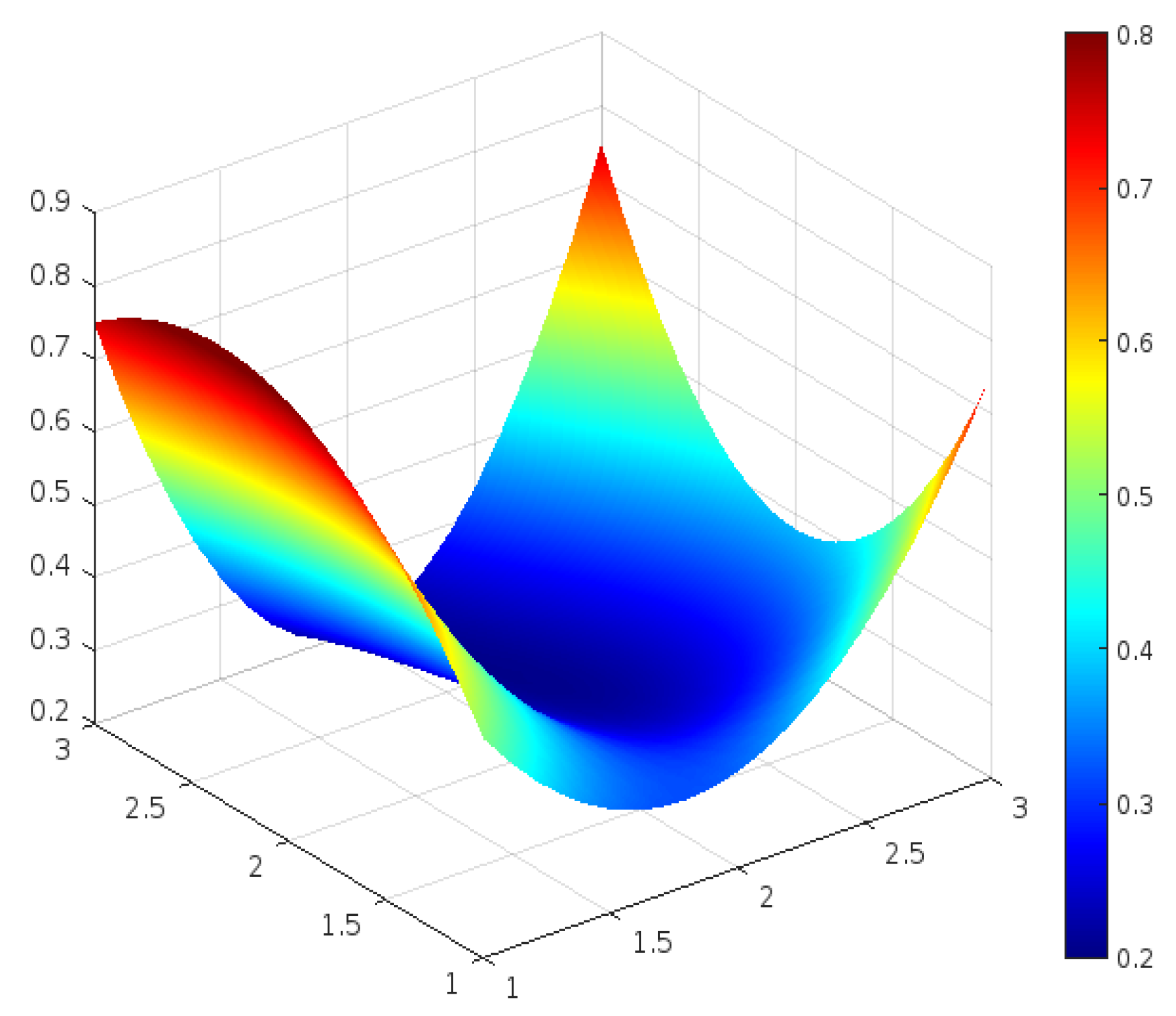
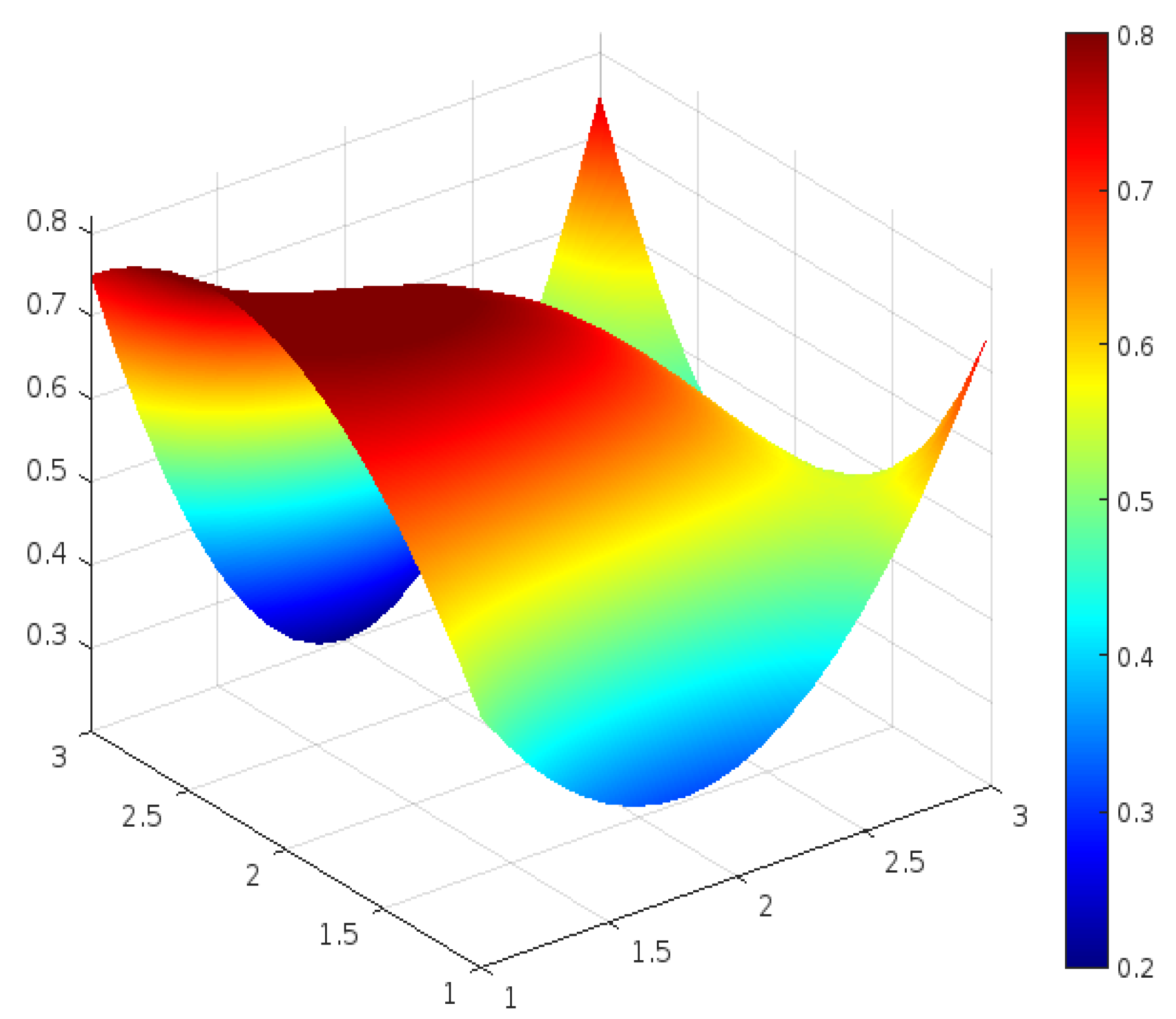
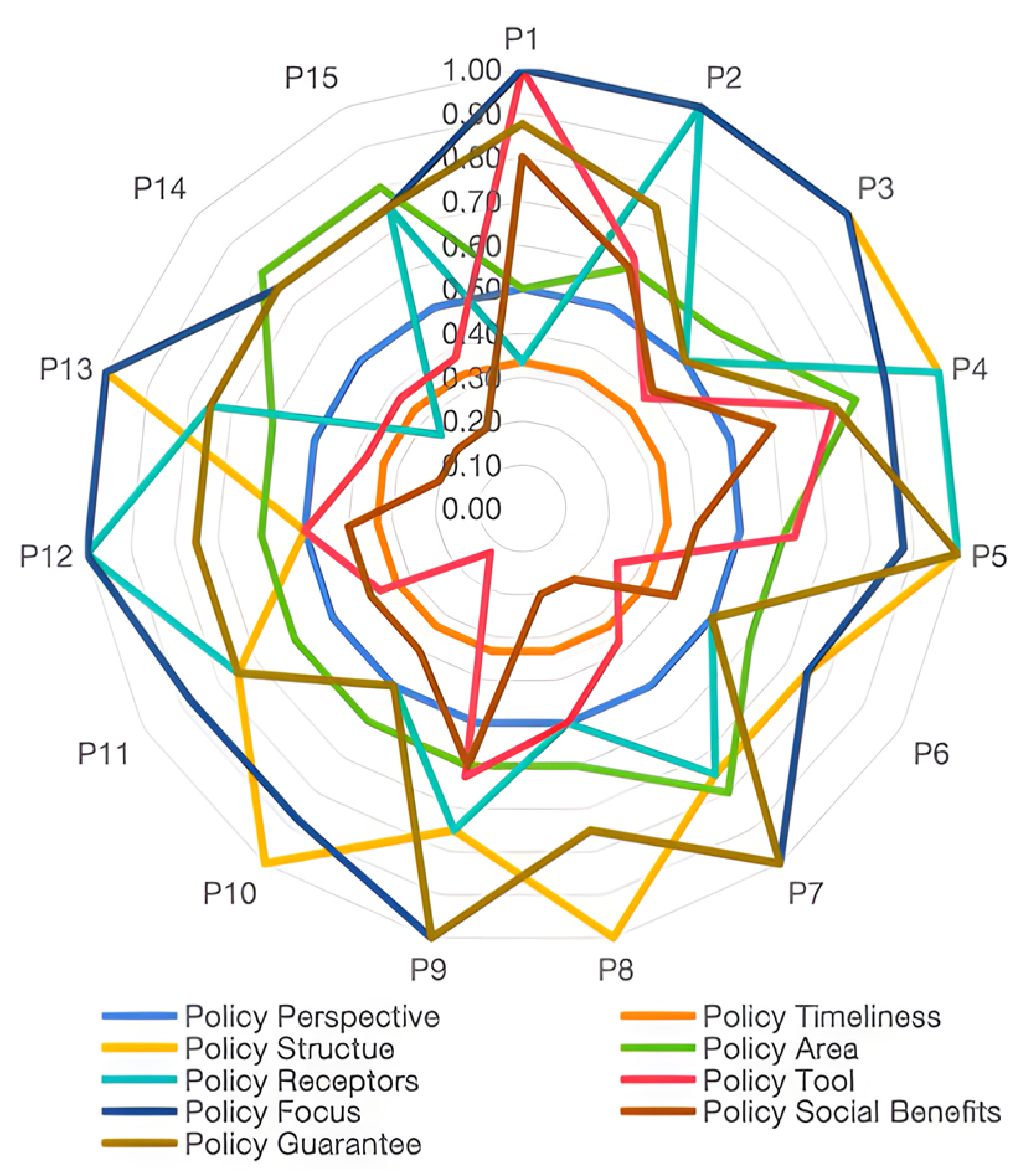
| Serial Number | Province | Policy Title | Policy Issuance Date | Issuing Authority |
|---|---|---|---|---|
| P1 | Hebei Province | Hebei Province Carbon Peaking Implementation Plan | 19 June 2022 | Hebei Provincial Government |
| P2 | Shanxi Province | Shanxi Province Carbon Peaking Implementation Plan | 9 January 2023 | Shanxi Provincial Government |
| P3 | Inner Mongolia | Inner Mongolia Autonomous Region Carbon Peaking Implementation Plan | 19 November 2022 | Inner Mongolia Autonomous Region Government |
| P4 | Liaoning Province | Liaoning Province Carbon Peaking Implementation Plan | 12 September 2023 | Liaoning Provincial Government |
| P5 | Jiangsu Province | Jiangsu Province Carbon Peaking Implementation Plan | 2 October 2022 | Jiangsu Provincial Government |
| P6 | Zhejiang Province | Zhejiang Province Action Plan for Technological Innovation in Carbon Peaking and Carbon Neutrality | 11 June 2021 | Zhejiang Provincial Government |
| P7 | Anhui Province | Anhui Province Carbon Peaking Implementation Plan | 18 December 2022 | Anhui Provincial Government |
| P8 | Shandong Province | Shandong Province Carbon Peaking Implementation Plan | 28 December 2022 | Shandong Provincial Government |
| P9 | Henan Province | Henan Province Carbon Peaking Implementation Plan | 6 February 2023 | Henan Provincial Government |
| P10 | Hubei Province | Hubei Province Action Plan for Technological Innovation in Carbon Peaking and Carbon Neutrality | 26 December 2022 | Hubei Provincial Government |
| P11 | Hunan Province | Hunan Province Carbon Peaking Implementation Plan | 28 October 2022 | Hunan Provincial Government |
| P12 | Guangdong Province | Guangdong Province Carbon Peaking Implementation Plan | 23 June 2022- | Guangdong Provincial Government |
| P13 | Shaanxi Province | Shaanxi Province Carbon Peaking Implementation Plan | 22 February 2023 | Shaanxi Provincial Government |
| P14 | Xinjiang Autonomous Region | Xinjiang Uygur Autonomous Region Urban and Rural Construction Carbon Peaking Implementation Plan | 20 January 2023 | Autonomous Region Housing and Urban–Rural Development Department, Autonomous Region Development and Reform Commission |
| P15 | Heilongjiang Province | Heilongjiang Province Urban and Rural Construction Carbon Peaking Implementation Plan | 14 October 2022 | Heilongjiang Housing and Urban–Rural Development Department, Heilongjiang Development and Reform Commission |
| Serial Number | Vocabulary | Frequency | Serial Number | Vocabulary | Frequency |
|---|---|---|---|---|---|
| 1 | Green | 1406 | 16 | Application | 325 |
| 2 | Development | 1028 | 17 | Promotion | 319 |
| 3 | Low-carbon | 1003 | 18 | Field | 317 |
| 4 | Energy | 961 | 19 | Level | 316 |
| 5 | Construction | 865 | 20 | Project | 311 |
| 6 | Technology | 820 | 21 | Carbon Neutrality | 304 |
| 7 | Building | 563 | 22 | System | 302 |
| 8 | Energy-saving | 559 | 23 | Renovation | 284 |
| 9 | Ecology | 461 | 24 | Improvement | 272 |
| 10 | Focus | 407 | 25 | Management | 272 |
| 11 | Carbon Peak | 406 | 26 | Resources | 272 |
| 12 | Innovation | 372 | 27 | Foundation | 263 |
| 13 | Enterprise | 358 | 28 | Science and Technology | 248 |
| 14 | Institution | 355 | 29 | Nation | 246 |
| 15 | Emission | 352 | 30 | Facilities | 242 |
| No. | The Primary Indicator | No. | The Secondary Indicator | Define |
|---|---|---|---|---|
| X1 | Policy Perspective | X1.1 | Macro | Whether the policy adopts a macro perspective and emphasizes province-wide carbon peaking; if yes, it is 1; if no, it is 0. |
| X1.2 | Micro | Whether the policy adopts a micro perspective and focuses on carbon peaking within individual sectors; if yes, it is 1; if no, it is 0. | ||
| X2 | Policy Timeliness | X2.1 | Long-Term | Whether the policy’s duration exceeds 5 years; if yes, it is 1; if no, it is 0. |
| X2.2 | Medium-Term | Whether the policy’s duration is between 3 and 5 years; if yes, it is 1; if no, it is 0. | ||
| X2.3 | Short-Term | Whether the policy’s duration is less than 3 years; if yes, it is 1; if no, it is 0. | ||
| X3 | Policy Structure | X3.1 | Sufficient Basis | Whether the policy basis is sufficient; if yes, it is 1; if no, it is 0. |
| X3.2 | Clear Objectives | Whether the policy objectives are clear; if yes, it is 1; if no, it is 0. | ||
| X3.3 | Scientific Program | Whether the policy program is scientific; if yes, it is 1,; if no, it is 0. | ||
| X3.4 | Detailed Planning | Whether the policy planning is detailed; if yes, it is 1; if no, it is 0. | ||
| X4 | Policy Area | X4.1 | Politics | Whether the content of the policy addresses politics; if yes, it is 1; if no, it is 0. |
| X4.2 | Economics | Whether the content of the policy addresses economics; if yes, it is 1; if no, it is 0. | ||
| X4.3 | Cultural | Whether the content of the policy addresses cultural issues; if yes, it is 1; if no, it is 0. | ||
| X4.4 | Social | Whether the content of the policy addresses social issues; if yes, it is 1; if no, it is 0. | ||
| X4.5 | Science and Technology | Whether the content of the policy addresses science and technology; if yes, it is 1; if no, it is 0. | ||
| X5 | Policy Receptors | X5.1 | Government- Related Departments | Whether the policy targets government-related departments; if yes, it is 1; if no, it is 0. |
| X5.2 | Enterprise | Whether the policy targets enterprises; if yes, it is 1; if no, it is 0. | ||
| X5.3 | Social Organization | Whether the policy targets social organization; if yes, it is 1; if no, it is 0. | ||
| X5.4 | Individuals | Whether the policy targets individuals; if yes, it is 1; if no, it is 0. | ||
| X6 | Policy Tool | X6.1 | Carbon Trading Markets | Whether the policy involves establishing or participating in carbon trading markets, requiring high-emission enterprises to purchase carbon emission allowances, using market-driven approaches to encourage cost-effective emissions reduction; if yes, it is 1; if no, it is 0. |
| X6.2 | Levy Carbon Taxes | Whether the policy involves levying carbon taxes on high-emission industries to increase the cost of emissions; if yes, it is 1; if no, it is 0. | ||
| X6.3 | Fiscal and Financial Incentives | Whether the policy involves subsidies and rewards or green finance; if yes, it is 1; if no, it is 0. | ||
| X6.4 | Technological Innovation | Whether the policy includes funding for the research and development of carbon capture, utilization, and storage (CCUS) technologies, renewable energy, energy storage, and other carbon reduction technologies; if yes, it is 1; if no, it is 0. | ||
| X6.5 | Establish Low-Carbon Standards | Whether the policy involves establishing low-carbon standards across industries, such as clean production and green building standards, to encourage the broad adoption of energy-saving and clean technologies; if yes, it is 1; if no, it is 0. | ||
| X6.6 | Legal and Regulatory Measures | Whether the policy involves setting carbon emission limits or reduction targets and implementing mandatory performance and emission standards; if yes, it is 1; if no, it is 0. | ||
| X6.7 | Public Awareness and Education | Whether the policy involves promoting green and low-carbon concepts to increase public awareness of carbon neutrality, advocating for low-carbon consumption and lifestyles, and encouraging public participation in carbon reduction efforts; if yes, it is 1; if no, it is 0. | ||
| X6.8 | Green Industry Upgrading | Whether the policy supports the growth of high-tech, low-energy green industries through policy guidance and support; if yes, it is 1; if no, it is 0. | ||
| X7 | Policy Focus | X7.1 | Transportation | Whether the policy addresses transportation; if yes, it is 1; if no, it is 0. |
| X7.2 | Industry | Whether the policy addresses industry; if yes, it is 1; if no, it is 0. | ||
| X7.3 | Energy | Whether the policy addresses energy; if yes, it is 1; if no, it is 0. | ||
| X7.4 | Buildings | Whether the policy addresses buildings; if yes, it is 1; if no, it is 0. | ||
| X7.5 | Agriculture and Livestock | Whether the policy addresses agriculture and livestock; if yes, it is 1; if no, it is 0. | ||
| X7.6 | Forestry | Whether the policy addresses forestry; if yes, it is 1; if no, it is 0. | ||
| X7.7 | Waste Management | Whether the policy addresses policy involves waste management; if yes, it is 1; if no, it is 0. | ||
| X7.8 | Residential Life | Whether the policy addresses residential life; if yes, it is 1; if no, it is 0. | ||
| X8 | Policy Social Benefits | X8.1 | Win-Win Cooperation | Whether the policy assists win-win cooperation; if yes, it is 1; if no, it is 0. |
| X8.2 | Sustainability | Whether the policy assists sustainable development; if yes, it is 1; if no, it is 0. | ||
| X8.3 | Technological Advancement | Whether the policy promote technological advancement; if yes, it is 1; if no, it is 0. | ||
| X8.4 | Sound Mechanism | Whether the policy produces the utility of an effective mechanism; if yes, it is 1; if no, it is 0. | ||
| X8.5 | Environmental Protection | Whether the policy assists environment protection; if yes, it is 1; if no, it is 0. | ||
| X9 | Policy Guarantee | X9.1 | Supervision and Assessment | Whether the policy addresses supervision and assessment; if yes, it is 1; if no, it is 0. |
| X9.2 | Pilot Construction | Whether the policy addresses pilot construction; if yes, it is 1; if no, it is 0. | ||
| X9.3 | Organizational Leadership | Whether the policy addresses organizational leadership; if yes, it is 1; if no, it is 0. | ||
| X9.4 | Collaborative Division of Labor | Whether the policy addresses the collaborative division of labor; if yes, it is 1; if no, it is 0. | ||
| X10 | Policy Disclosure | / | / | Whether the policy is transparent and accessible; if yes, it is 0; if no, it is 1. |
| First-Level Variable | Second-Level Variable |
|---|---|
| X1 | X1:1 X1:2 |
| X2 | X2:1 X2:2 X2:3 |
| X3 | X3:1 X3:2 X3:3 X3:4 |
| X4 | X4:1 X4:2 X4:3 X4:4 X4:5 |
| X5 | X5:1 X5:2 X5:3 X5:4 |
| X6 | X6:1 X6:2 X6:3 X6:4 X6:5 X6:6 X6:7 X6:8 |
| X7 | X7:1 X7:2 X7:3 X7:4 X7:5 X7:6 X7:7 X7:8 |
| X8 | X8:1 X8:2 X8:3 X8:4 X8:5 |
| X9 X10 | X9:1 X9:2 X9:3 X9:4 - |
| X1 | X2 | X3 | X4 | X5 | X6 | X7 | X8 | X9 | X10 | PMC Index | Type | Rank | |
|---|---|---|---|---|---|---|---|---|---|---|---|---|---|
| P1 | 0.50 | 0.33 | 1.00 | 0.60 | 0.74 | 0.75 | 1.00 | 0.80 | 0.88 | 1.00 | 7.60 | Good | 2 |
| P2 | 0.50 | 0.33 | 1.00 | 0.60 | 1.00 | 0.63 | 1.00 | 0.60 | 0.75 | 1.00 | 7.41 | Good | 3 |
| P3 | 0.50 | 0.33 | 1.00 | 0.60 | 0.50 | 0.38 | 1.00 | 0.40 | 0.50 | 1.00 | 6.21 | Acceptable | 10 |
| P4 | 0.50 | 0.33 | 1.00 | 0.80 | 1.00 | 0.75 | 0.88 | 0.60 | 0.75 | 1.00 | 7.61 | Good | 1 |
| P5 | 0.50 | 0.33 | 1.00 | 0.60 | 1.00 | 0.63 | 0.88 | 0.40 | 1.00 | 1.00 | 7.33 | Good | 4 |
| P6 | 0.50 | 0.33 | 0.75 | 0.60 | 0.50 | 0.25 | 0.75 | 0.40 | 0.50 | 1.00 | 5.58 | Acceptable | 15 |
| P7 | 0.50 | 0.33 | 0.75 | 0.80 | 0.75 | 0.38 | 1.00 | 0.20 | 1.00 | 1.00 | 6.71 | Acceptable | 6 |
| P8 | 0.50 | 0.33 | 1.00 | 0.60 | 0.50 | 0.50 | 0.75 | 0.20 | 0.75 | 1.00 | 6.13 | Acceptable | 12 |
| P9 | 0.50 | 0.33 | 0.75 | 0.60 | 0.75 | 0.63 | 1.00 | 0.60 | 1.00 | 1.00 | 7.16 | Good | 5 |
| P10 | 0.50 | 0.33 | 1.00 | 0.60 | 0.50 | 0.13 | 0.88 | 0.40 | 0.50 | 1.00 | 5.83 | Acceptable | 13 |
| P11 | 0.50 | 0.33 | 0.75 | 0.60 | 0.75 | 0.38 | 0.88 | 0.40 | 0.75 | 1.00 | 6.33 | Acceptable | 9 |
| P12 | 0.50 | 0.33 | 0.50 | 0.60 | 1.00 | 0.50 | 1.00 | 0.40 | 0.75 | 1.00 | 6.58 | Acceptable | 7 |
| P13 | 0.50 | 0.33 | 1.00 | 0.60 | 0.75 | 0.38 | 1.00 | 0.20 | 0.75 | 1.00 | 6.51 | Acceptable | 8 |
| P14 | 0.50 | 0.33 | 0.75 | 0.80 | 0.25 | 0.38 | 0.75 | 0.20 | 0.75 | 1.00 | 5.71 | Acceptable | 14 |
| P15 | 0.50 | 0.33 | 0.75 | 0.80 | 0.75 | 0.38 | 0.75 | 0.20 | 0.75 | 1.00 | 6.21 | Acceptable | 11 |
| Total | 7.50 | 5.00 | 13.00 | 9.80 | 10.75 | 7.00 | 13.50 | 6.00 | 11.38 | 15.00 | 98.80 | / | / |
| Average | 0.50 | 0.33 | 0.87 | 0.65 | 0.72 | 0.47 | 0.90 | 0.40 | 0.76 | 1.00 | 6.59 | / | / |
Disclaimer/Publisher’s Note: The statements, opinions and data contained in all publications are solely those of the individual author(s) and contributor(s) and not of MDPI and/or the editor(s). MDPI and/or the editor(s) disclaim responsibility for any injury to people or property resulting from any ideas, methods, instructions or products referred to in the content. |
© 2025 by the authors. Licensee MDPI, Basel, Switzerland. This article is an open access article distributed under the terms and conditions of the Creative Commons Attribution (CC BY) license (https://creativecommons.org/licenses/by/4.0/).
Share and Cite
Wang, G.; Ju, L. Quantitative Evaluation of China’s Carbon Peaking Policies Based on PMC Index Model: Evidence from the First Batch of National Carbon Peak Pilot Provinces and Regions. Sustainability 2025, 17, 1738. https://doi.org/10.3390/su17041738
Wang G, Ju L. Quantitative Evaluation of China’s Carbon Peaking Policies Based on PMC Index Model: Evidence from the First Batch of National Carbon Peak Pilot Provinces and Regions. Sustainability. 2025; 17(4):1738. https://doi.org/10.3390/su17041738
Chicago/Turabian StyleWang, Guangchen, and Lanqi Ju. 2025. "Quantitative Evaluation of China’s Carbon Peaking Policies Based on PMC Index Model: Evidence from the First Batch of National Carbon Peak Pilot Provinces and Regions" Sustainability 17, no. 4: 1738. https://doi.org/10.3390/su17041738
APA StyleWang, G., & Ju, L. (2025). Quantitative Evaluation of China’s Carbon Peaking Policies Based on PMC Index Model: Evidence from the First Batch of National Carbon Peak Pilot Provinces and Regions. Sustainability, 17(4), 1738. https://doi.org/10.3390/su17041738






